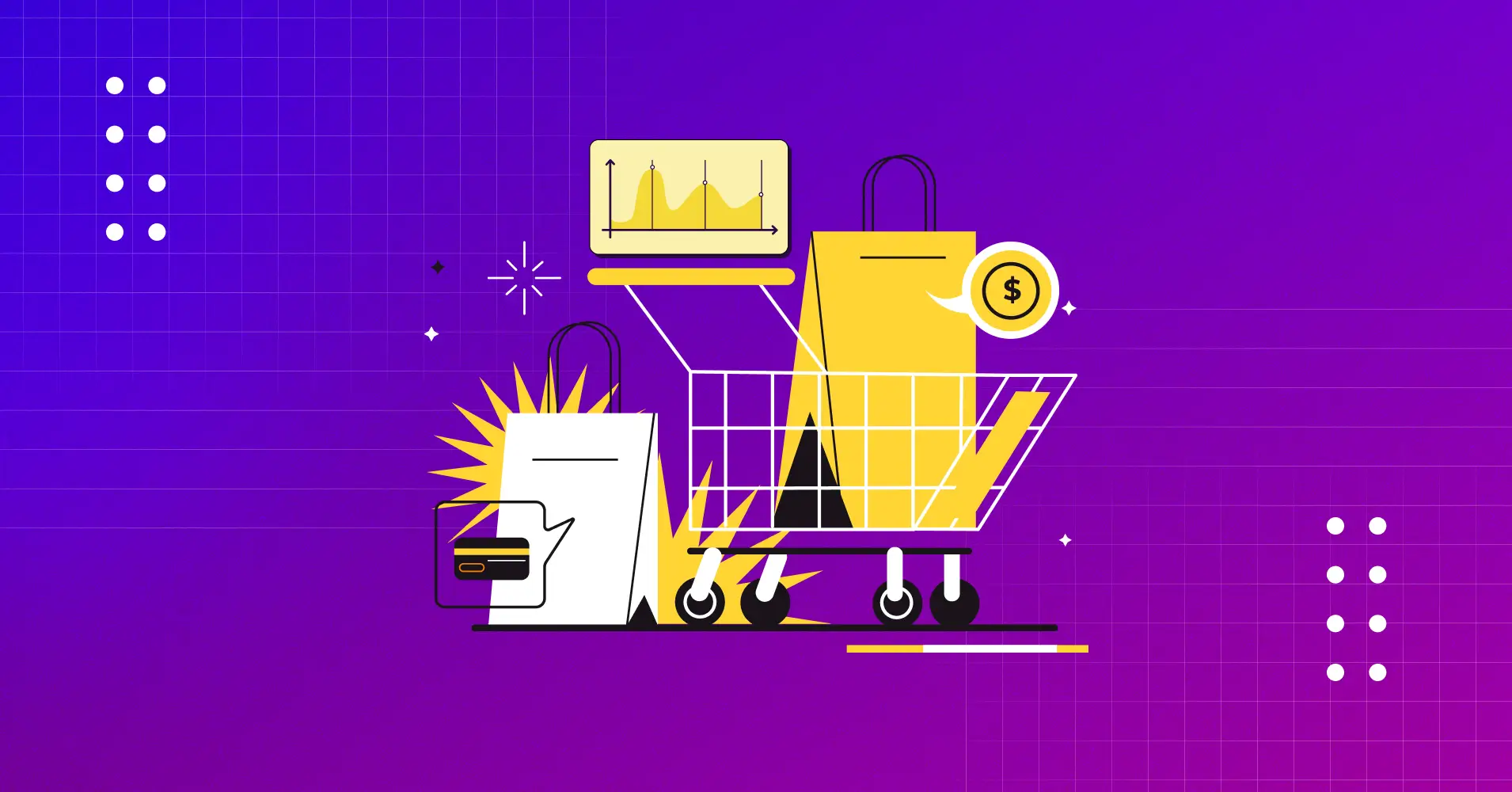
What is Cross-Selling: A Complete Guide to Boost Your Customer Engagement
Remember the last time you went to a coffee shop and ordered your favorite latte?
Your barista probably asked if you’d like to add a delicious pastry to your order. And in most cases, you end up adding a pastry along with your latte, right?
That’s cross-selling in action! It’s a classic sales technique to boost your business revenue.
But what exactly is cross-selling, and how can it work for your business? In this blog, we’ll dive into the definition, explore how it works, and how you can implement this strategy to benefit your business.
Ready to dive in? Let’s get started!
What is Cross-Selling?
When you suggest additional products or services to customers who have already made a purchase, it is called cross-selling. This strategy aims to improve your shopping experience by recommending items that complement your purchase —things you might find useful or enjoyable.
By using this, you can not only boost sales but also build stronger customer loyalty because it shows you understand their needs and preferences.
For example, imagine you’re ordering pizza. Alongside your pizza, you might add a soft drink and fries to complete your meal. Another classic example is when you buy an Apple MacBook Pro, and they suggest getting an office utility or security software for your computer.

Cross-Selling vs. Upselling
Now, it’s easy to mix up cross-selling with upselling. While the timing and approach may be similar, cross-selling is a bit different from upselling. Curious about the difference?
When you’re buying a laptop, the salesperson might suggest upgrading to a model with more memory or a faster processor. That’s upselling.
But, if they convince you to buy a sound box or a mouse along with the laptop, that would be cross-selling.
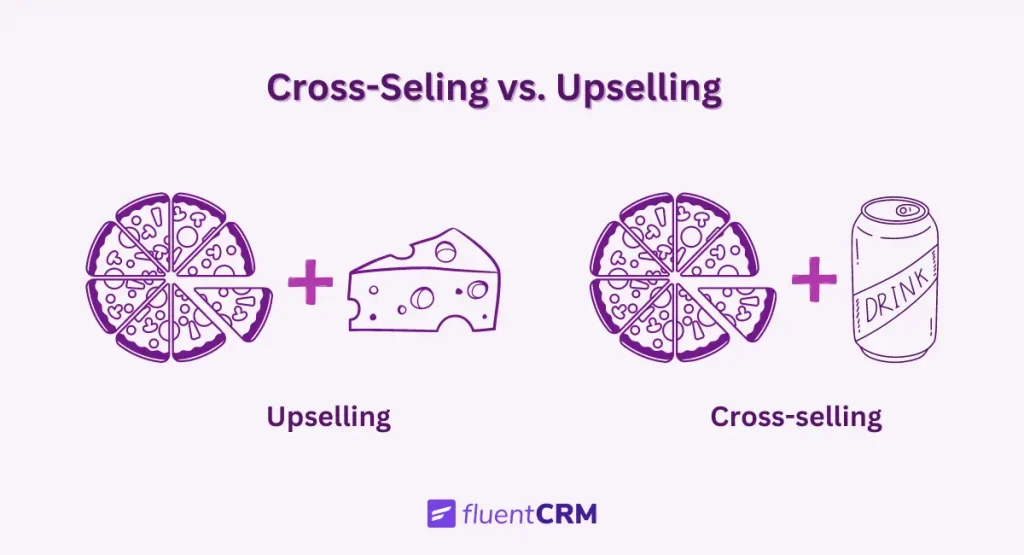
In simple words, upselling is when a business encourages you to consider purchasing a more expensive or upgraded version of the product or service you’re interested in. And, cross-selling is about buying additional products along with what you’ve already purchased.
We’ve also put together the main differences in the table below. Check it out for better clarity!
| Factors | Upselling | Cross-selling |
|---|---|---|
| Definition | Selling a higher-priced version | Selling additional products. |
| Example | Offering a deluxe coffee machine instead of a standard one | Suggesting a coffee grinder with a coffee machine. |
| Main focus | Enhances the product experience by providing more features or better quality | Enhances the shopping experience by offering more options or utility. |
| Customer Experience | Encouraging customers to buy a better or more additional or related expensive option of the same product. | Encouraging customers to buy products alongside their main purchase. |
What are the Benefits of Using Cross-Selling in Your Business?
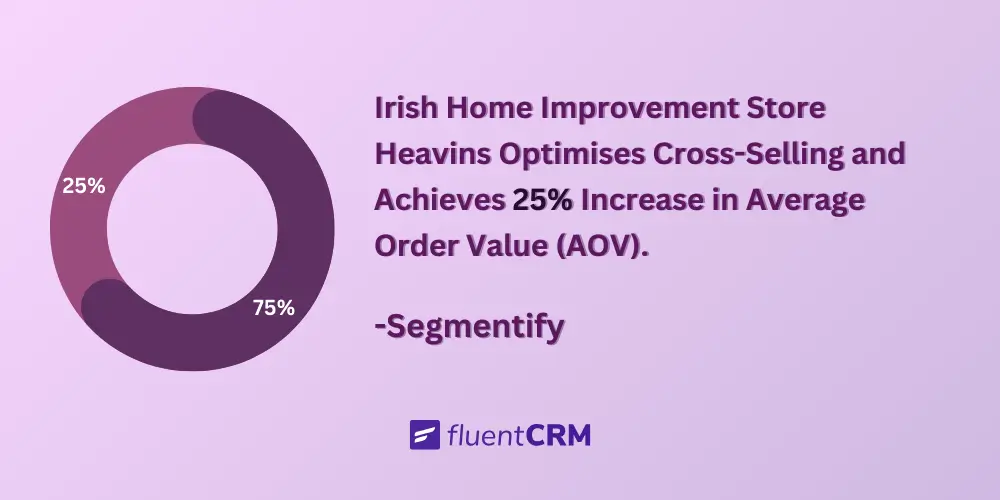
What happens when a customer comes to buy orange juice from your shop but ends up buying bread, milk, coffee, blueberry jam, and orange juice after chatting with your seller? Even better, they sign up for a membership and a referral offer, bringing a friend next time!
You don’t need much imagination to understand how happy you would be as a seller, do you?
That’s the magic of cross-selling. It can do so much more if applied properly! Cross-selling increases customer lifetime value by pushing more sales at every given opportunity. The approach requires excellent sales communication so you don’t just make more revenue, you improve customer experience and build better relationships.
This strategy delivers a double win: cost savings and a maximize ROI. Since you’re selling to existing customers, you already have a relationship with them.
By focusing on understanding their needs, you can build even stronger connections and encourage them to buy more. This not only helps you diversify your business offerings, but also increases your conversion rate.
Happy customers who feel valued are more likely to become loyal – and keep coming back for more than just orange juice.
But how to is a very important question, if not the most. We’ll explore how to in the next segment. Stay tuned!
What are a Few Effective Cross-Selling Strategies?
A magic trick is only a magic trick if implemented properly. Just like any other magic trick, cross-selling needs to be strategized, planned, and implemented correctly if you want to make the most out of it.
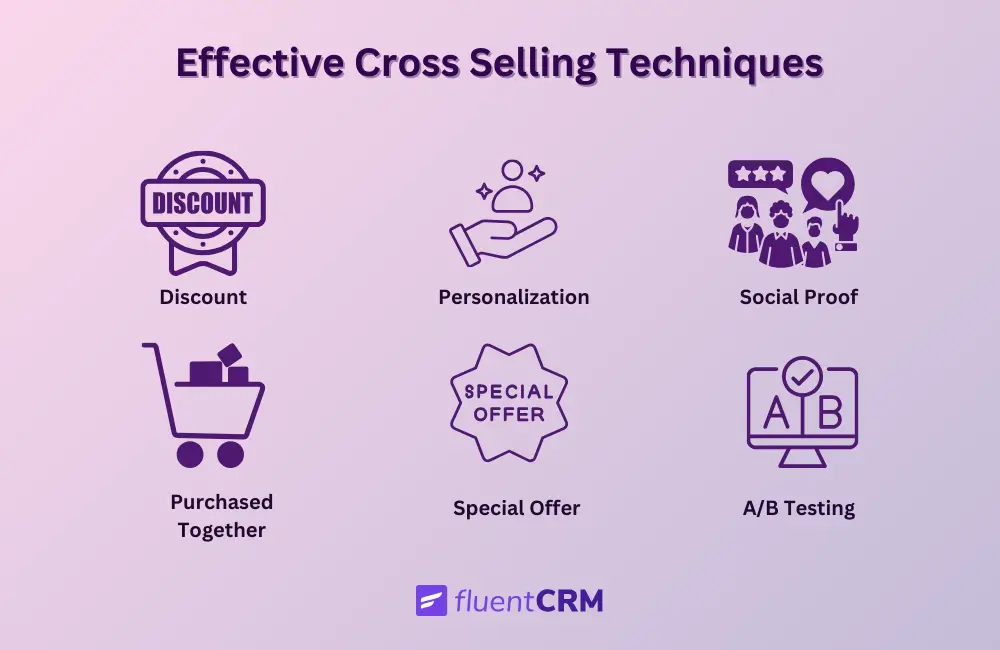
But where to start from? Well, worry not. We got you covered.
A few most effective techniques that can help you are:
Personalize Your Product
Personalization is key to making your clients feel valued. Tailor your products to meet individual preferences and needs. According to Epsilon, 80% of consumers are more likely to make a purchase when brands offer personalized experiences. So, Personalize your product according to client’s wish.
Offer Discounted Add-ons
Offering discounted Add-ons, with already purchased products will not only increase the value for the customer but also enhance their overall shopping experience. For instance, if someone buys a camera, offering a discount on a lens or camera bag can make the purchase more appealing and convenient with the purchased products.
Offer Exclusive Offer
Just like Godfather said, ‘I’m gonna offer him an offer he can’t refuse”, you gotta follow the same. Every ‘No’ can be turned into a ‘yes’ but depends on the price. Always. By always presenting compelling offers, you can sway hesitant customers and secure their business.
Suggest Items Purchased Together
According to McKinsey research on the industry, Amazon attributes up to 35% of its revenue to its recommendation engine, which suggests items frequently bought together. Showing the product purchase together will always keep your customer wondering about that extra product you are offering. So, naturally, they buy it, like they see other people doing it.
A/B test, monitor different strategies
Strategies evolve depending on the customers, trends, and other factors. All the factors don’t contribute in the same amount. So, if you don’t know which one to prioritize, you can’t apply them properly. And the only way to know- is to A/B test, monitor your strategies, and choose the best one.This approach allows you to gather data, analyze results, and ultimately choose the most effective strategy to achieve your goals.
Leverage from social proof
People trust recommendations from others. According to Nielsen’s study, 92% of consumers trust recommendations from friends and family over all other forms of advertising. In addition, 91% of customers would refer if asked. Social proof can significantly influence purchasing decisions and expand your customer base.
Now, all the points stated here are tested and proven and backed by statistics. We didn’t go into much detail.
By integrating these strategies at key moments, you can make your customers’ shopping experience even better and boost your sales!
But if you want more detailed info we have more resources!
Need a Good Example?
By now, you’ve probably understood how cross-selling works. We are a business ourselves and although our business model depends more on upselling as we build premium plugins, we do offer some free cross-sells!
FluentCRM is an awesome email marketing automation plugin for WordPress. It lets you handle email campaigns, automate workflows, and track customer interactions—all right from your WordPress dashboard. However, you will also need an SMTP plugin to ensure your emails are getting delivered. This is why we “cross-sell” our free SMTP plugin when the users are getting started through FluentCRM 101.

Now, you might be thinking, “If FluentSMTP is free, how does that count as selling?”
The answer lies in building a connection with clients by addressing their needs. We are not trying to sell anything directly; instead, we’re actively helping our users and building brand trust!
This approach nails what cross-selling is all about —offering smart suggestions to enhance the customer experience and forge stronger connections with them!
What are the Disadvantages of Cross-Selling?
Despite all the great advantages, cross-selling has some disadvantages too. One common issue is annoying customers. It’s tricky to suggest something helpful without feeling pushy.
If your customers feel like every interaction is a sales pitch, they might perceive your business as solely profit-driven. This can erode trust and reduce their interest in returning.
Another disadvantage is dealing with problem customers. A Harvard study showed that selling more to customers who mostly buy discounted items and frequently return products can end up costing businesses more. Why? They often need a lot of support and sometimes even more than the extra revenue they generate.
So, the key takeaways are:
- Has the potential to annoy customers if not done tactfully
- There’s a risk of customers seeing every interaction as a sales pitch
- It can damage customer trust if they feel they are just another number to the company
- Less profitability can occur with certain customer types who generate high support or return costs
- It can increase operational costs, potentially leading to additional revenue loss
Now that you know the disadvantages, hopefully, you’ll try to be safe. But in case you need guidance, we got cover!
We have written a segment below on how to cross-sell ethically to save you from all the hassle of disadvantages!
When Not to Cross-Sell?
“The safer, the better”—a motto that fits almost everywhere. In sales, it can practically be considered an anthem. Cross-selling is generally a great idea, but only when you know when to stop.
Well, whenever you see:
- Customer is unsure or hesitant about the main purchase
- During customer service interactions for resolving issues
- When the customer has expressed dissatisfaction or frustration
- When customer on-boarding or getting introduction to a new product
- After a customer has declined previous sell attempts
Quick Tip: When designing a cross-sell strategy, put yourself in the customer’s shoes. Ask yourself, “Would I find this helpful right now?” If the answer is yes, you’re on the right track to a happy customer.
How to Cross-Sell Ethically?
Selling is tricky. Sometimes, sellers try to push buyers into buying their product. Cross-selling itself isn’t usually seen as bad.
It’s more about how sellers handle it—manipulating people just for profit? Not cool!

To make sure you are selling ethically while making profit, you can focus on:
- Customer and Their Needs: Always focus on the customer’s needs. Make sure every recommendation genuinely adds value to their purchase.
- Respecting Customers’ Choices: Respect your customers’ decisions when they decline any offers.
- Being Transparent: Be transparent about the value and limitations of the additional product.
- Maintain Long-term Engagement: Stay in touch with your customers consistently, not just during renewal or sales periods.
By following these guidelines, you can ensure your cross-selling efforts are ethical and focused on providing real value to your customers.
Quick Tip: If the customer isn’t receptive, shift your focus to delivering excellent service and building a connection for future opportunities. Look out for verbal and non-verbal cues.
Convert ‘Maybe’ to ‘Absolutely!’ With Cross-Selling
All kinds of businesses utilize cross-selling techniques, but not everyone is familiar with how to do it effectively. In this competitive business landscape, you need to stand out with your strategies.
From increasing sales and improving customer satisfaction to building long-term relationships — ethical cross-selling can do it all for your business growth without compromising trust. By focusing on value and transparency, you can turn those hesitant maybes into enthusiastic absolutely.
Hopefully our tips sparked creativity and inspired customer-benefiting strategies. Curious to learn more? Explore our resources and start refining your selling approach today!
Frequently Asked Questions
Before wrapping it up, let’s dive into some frequently asked questions about cross-selling.
Samira Farzana
Once set out on literary voyages, I now explore the complexities of content creation. What remains constant? A fascination with unraveling the “why” and “how,” and a knack for finding joy in quiet exploration, with a book as my guide- But when it’s not a book, it’s films and anime.





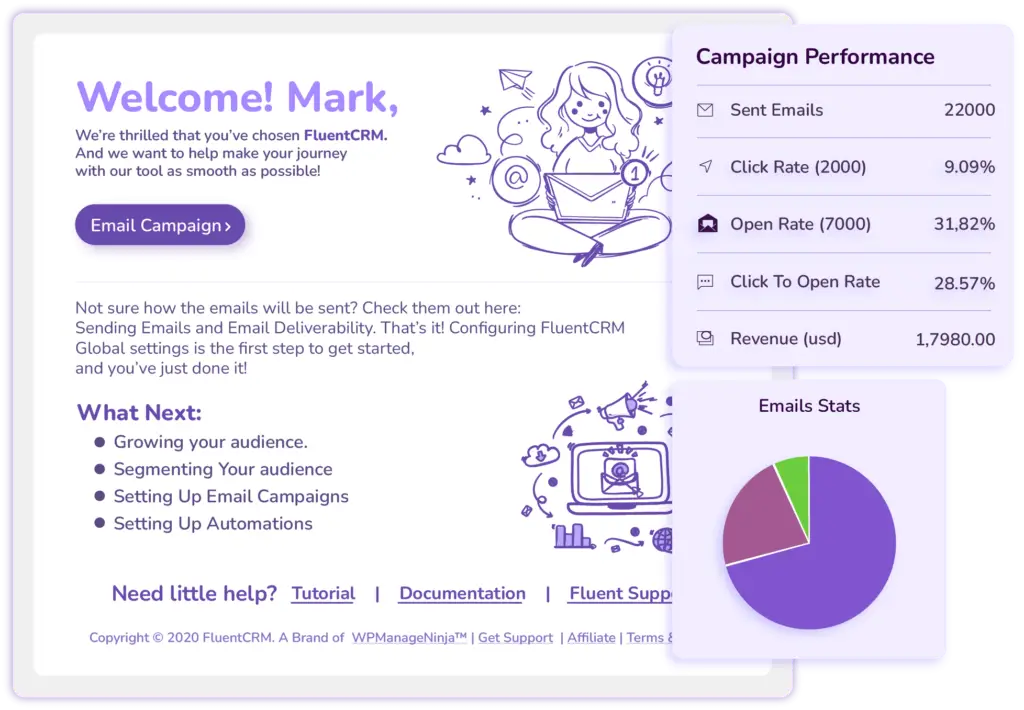
Leave a Reply